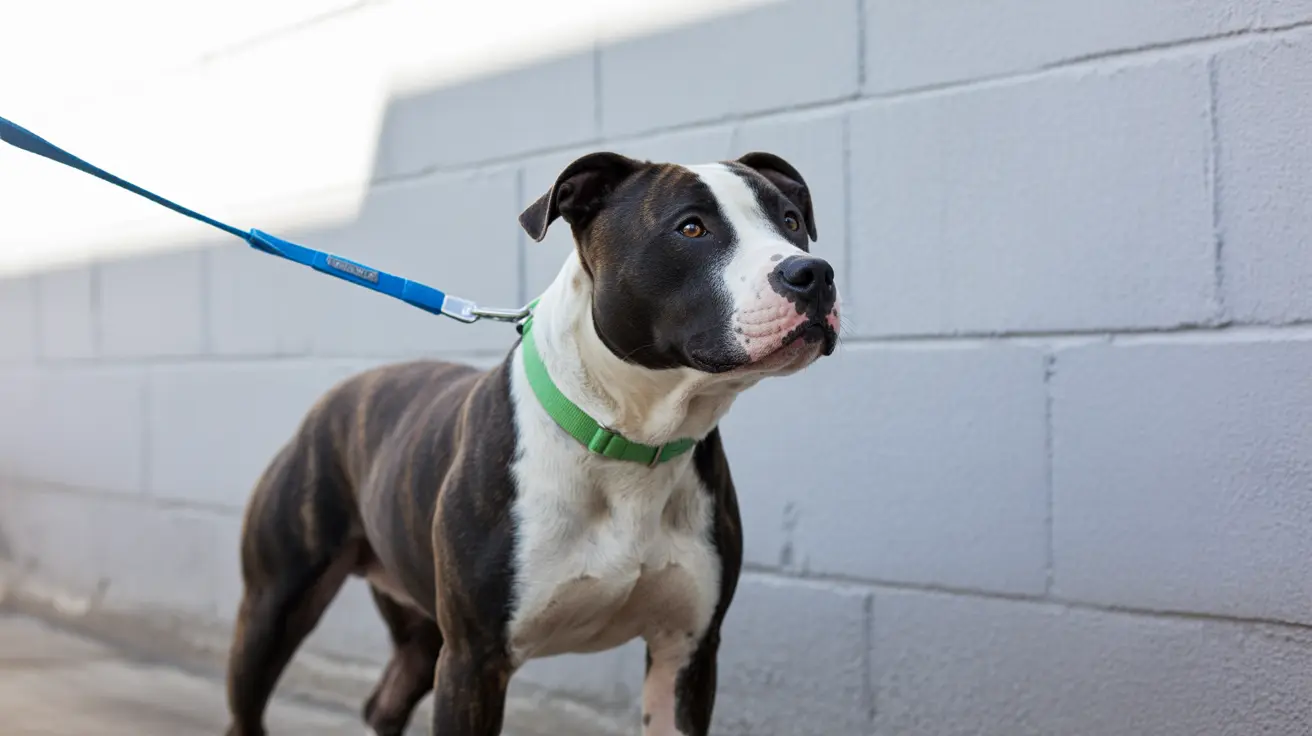Recognizing Fungal Infections on Dog Skin
Fungal infections in dogs are a common cause of dermatological issues and can lead to discomfort, itching, and even complications if left untreated. These infections are generally caused by overgrowth of fungi such as yeast or by contagious fungal spores like those from ringworm. Identifying the signs early can help dog owners seek appropriate treatment and prevent the spread of these infections to other animals and humans.
Types of Fungal Infections in Dogs
- Yeast Dermatitis: Caused by an overgrowth of Malassezia yeast that normally lives on the dog’s skin.
- Ringworm: A highly contagious fungal infection, not a worm, affecting hair, skin, and nails.
Symptoms of Yeast Skin Infections
Yeast infections are usually localized to certain body parts like the ears, paws, belly, or armpits. Symptoms include:
- Itching and red skin
- Greasy or oily patches on the skin
- Flaky, crusty, or thickened skin
- Darkened skin areas (hyperpigmentation)
- Musty, unpleasant odor
- Black debris around the nails or ears
Symptoms of Ringworm
Ringworm presents differently and is typically easier to visually identify due to its distinct appearance:
- Round, scaly, hairless patches on the body
- Red or inflamed circular lesions
- May or may not be itchy
- Commonly found on head, ears, paws, and limbs
- Brittle or broken hairs in affected areas
Diagnosis
To confirm a fungal infection, a veterinarian may perform:
- Wood’s lamp examination: Fluorescent light to detect certain ringworm species
- Skin scraping or culture: For microscopic examination or fungal growth
- Biopsy or PCR test: In complex or chronic cases
Treatment Options
Prompt treatment is essential to prevent worsening and spreading of the infection. Common treatments include:
- Topical antifungal creams or ointments
- Medicated antifungal shampoos and wipes
- Oral antifungal medications (such as ketoconazole or fluconazole)
- Cleaning and disinfecting the environment to prevent reinfection
Prevention and Hygiene Tips
- Maintain good grooming practices including regular bathing
- Dry your dog thoroughly after baths or swimming
- Avoid exposing your dog to infected animals or contaminated areas
- Wash bedding, toys, and grooming tools regularly
When to See the Vet
Visit a veterinarian if your dog shows persistent symptoms such as itching, unusual skin patches, odor, or hair loss. Active veterinary care will enable faster recovery and minimize risks of spreading, especially since ringworm can be transmitted to humans and other pets.
Conclusion
Understanding what fungal infections on dog skin look like can empower dog owners to identify, treat, and prevent these uncomfortable conditions. With proper hygiene, regular checkups, and early interventions, most fungal skin infections are manageable and can be effectively resolved.





